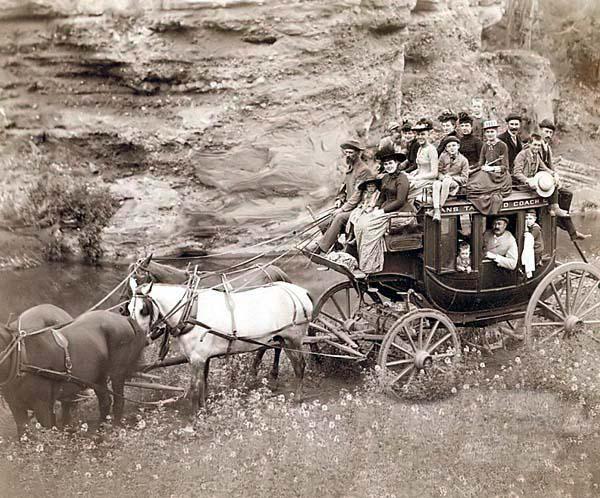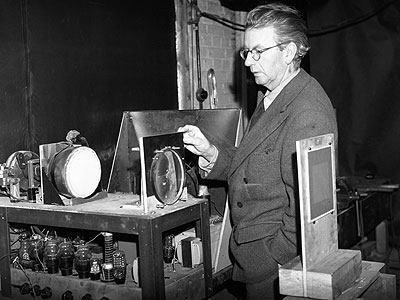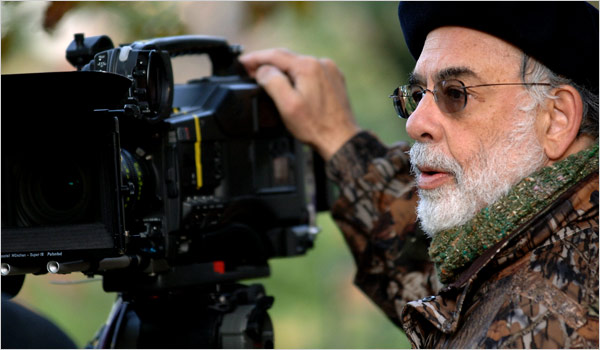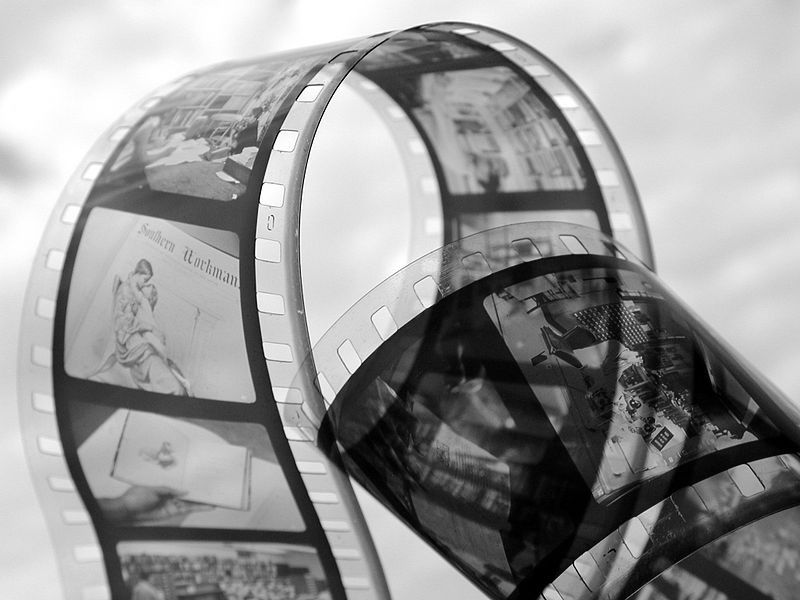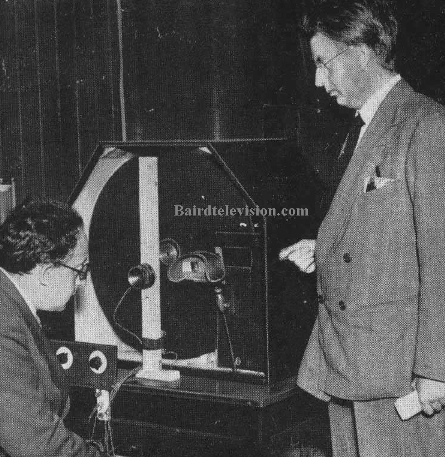Cameras and photographs
Although old cameras seem worlds apart from today’s high-tech models, many still work and are bought to use. A camera’s age is not necessarily reflected in its value – the rarity and quality of a particular model are often far more important than when it was made.
Brass and mahogany cameras
Early mahogany and brass-bound cameras are always sought after, but the 1890 Cyclographe shown above is especially rare because it is the first panoramic camera produced by the prominent French maker V Damoizeau. A clockwork mechanism rotated the camera around the platform and wound on the film automatically. You’d expect to pay about £8,000 to £12,000 for it.
Detective and spy cameras
Among the most intriguing of cameras are the novelty, detective and spy cameras which began to be produced toward the end of the 19th century. Cameras in the form of books, watches, rings and packets of cigarettes were made more as curiosities than for any real espionage, but they’re extremely popular with today’s collectors and can fetch very high prices. This camera, from about 1895, looks just like a pocket watch when closed and measures only 4cm (1.75in).
Japanese cameras
Japanese cameras, which have enjoyed an upsurge in popularity recently, were mass produced in the aftermath of World War II. Their quality became widely appreciated after photojournalists covering the Korean War recognised the superior quality of the lenses. Today, rare and limited edition models by companies such as Nikon or Canon can fetch very high prices.
The quality and condition has an important bearing on their price. Because this Nikon S3M is one of only 195 models made in the series, and is in nearly mint condition, it would be worth over £12,000. A similar used model would be worth £6,000.
What to look for
- milestone cameras which incorporate unusual technical innovations
- early handmade brass and mahogany cameras
- unusual spy cameras
- rare models by Ernst Leitz (Leica) and Zeiss
- limited edition post-World War II Japanese cameras
Daguerreotypes
The earliest commercially-made cameras were produced from about 1841 and used the daguerreotype process, developed in France by LJM Daguerre in 1837. Each daguerreotype image was unique – it wasn’t until Henry Fox Talbot’s invention of the calotype that multiple copies could be produced from a single exposure.
Daguerreotypes themselves look like mirrors. The image is formed on silvered metal, usually protected behind sealed glass. Despite their relative rarity you can still find portrait groups such as this for £30 to £40. An interesting view or known sitter adds to the value, which can be £1,000 or more.
Photograph albums
The value of early albums is affected by the subject matter of the photos and the quality of the album. This one is made from leather and mother-of-pearl. Some were made from ivory, silver, gold or Mauchline ware (wood covered with tartan-printed paper). An album like the one shown here would fetch between £50 and £80.

